These days, taking advantage of favorable weather, farmers in Sop Cop district are urgently harvesting high-yield cassava. This crop has been creating additional income for the people here, helping many households escape poverty and have stable lives.

For nearly a week, Mr. Vang A Tinh, Huoi Ai village, Sop Cop commune, and his family members have been harvesting cassava. The stable selling price has made not only Mr. Tinh's family but also cassava growers in Huoi Ai village very excited. Mr. Tinh shared: Realizing that many households in the commune and village have switched to growing high-yield cassava varieties with good results, in 2020, my family planted 3 hectares of high-yield cassava BK, KM98-7. That crop harvested more than 50 tons of fresh tubers, earning over 80 million VND, and traders came to buy the products. This year, my family planted 6 hectares of high-yield cassava, currently, about 40 tons of fresh tubers have been harvested, more than half of the area has not been harvested, it is estimated that about 45 tons of fresh tubers will be harvested; if the selling price is from 2,300 VND - 2,500 VND/kg as it is now, the total revenue will be over 200 million VND.
Pung Banh is one of the communes in the district with a large area of high-yield cassava, with over 800 hectares, the output reaches 9,000 - 9,500 tons of fresh tubers/year, the average income reaches 45 - 50 million VND/ha. The products are purchased by traders to serve the export to the Chinese market, supplying to enterprises and food processing cooperatives to purchase as raw materials for production. Mr. Tong Van Nghich, Chairman of the People's Committee of Pung Banh Commune, said: The commune has oriented to expand the area of high-yield cassava, especially in villages with large sloping upland areas. To help people have knowledge of planting, caring for, harvesting, and preserving high-yield cassava varieties, the commune has coordinated with specialized agencies of the district, a number of companies and units supplying high-yield cassava varieties, fertilizers, and organized training and field workshops for households.

Currently, Sop Cop district has over 3,600 hectares of cassava land, most concentrated in the communes of Pung Banh, Muong Va, Muong Lan, Sam Kha, Dom Cang, Nam Lanh... Cassava output in 2023 will reach over 40,000 tons of fresh tubers, with a revenue of over 104 billion VND. Mr. Vi Van Dinh, Head of the District's Department of Agriculture and Rural Development, said: In recent years, many households in the area have converted some areas of land for growing corn and ineffective upland rice to growing high-yielding cassava, mainly varieties KM98KM94, KM98-7, BK... bringing higher economic efficiency than growing other upland crops. High-yielding cassava is easy to grow, easy to care for, has few pests and diseases and is quick to harvest. The Department has directed communes to propagate and guide people to develop high-yield cassava growing areas according to the plan, carefully consider when expanding the area, and avoid planting massively, because cassava prices also fluctuate according to the market, avoiding the situation of good harvest but low prices... At the same time, develop a plan to connect with businesses and processing factories inside and outside the province to consume products, helping people feel secure in production.

According to the experience of cassava growers in the area, cassava planting starts from mid-February to early April every year, and can be harvested by the end of October or early January of the following year. This type of plant can be grown in places with steep slopes, poor soil, long harvest time; can be dried and stored for a long time without being affected by termites. In addition, peanuts and beans can be intercropped; fermented cassava leaves can be used as animal feed, crushed cassava stems can be used as organic fertilizer or mushroom growing medium...
After more than 5 years of cultivation, high-yield cassava varieties on the hills of Sop Cop district have been demonstrating superiority in productivity and economic efficiency, contributing to helping farmers in border communes increase their income and sustainably reduce poverty.
Article and photos: Truong Son
Source



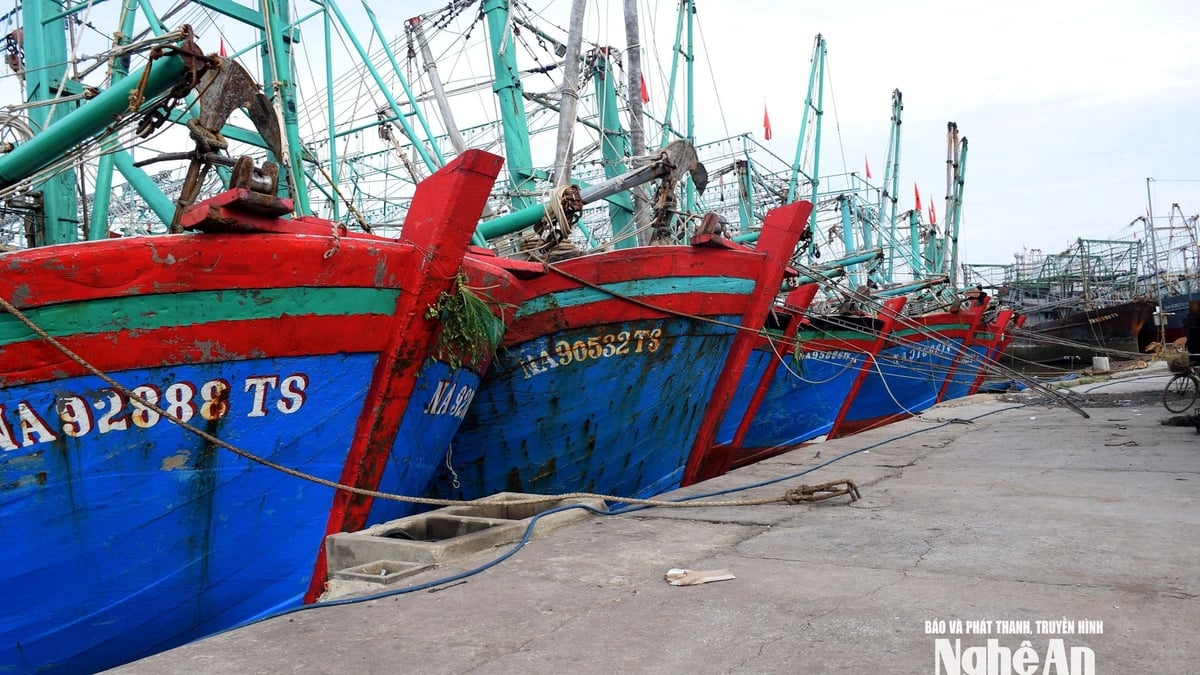
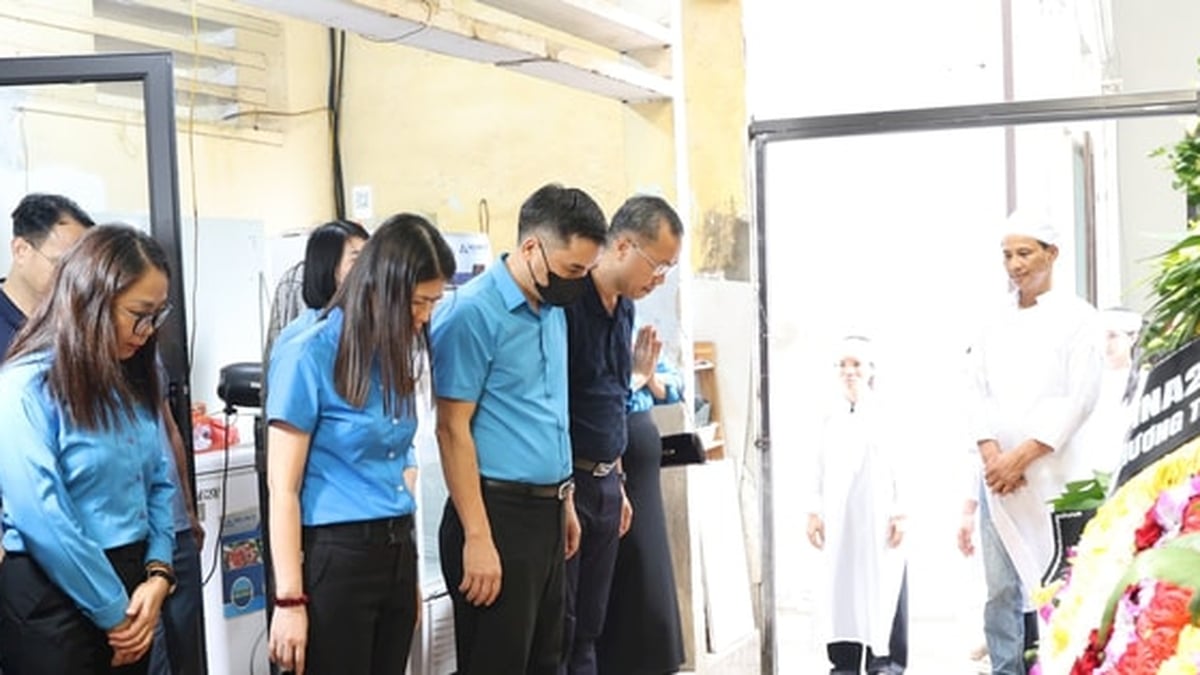
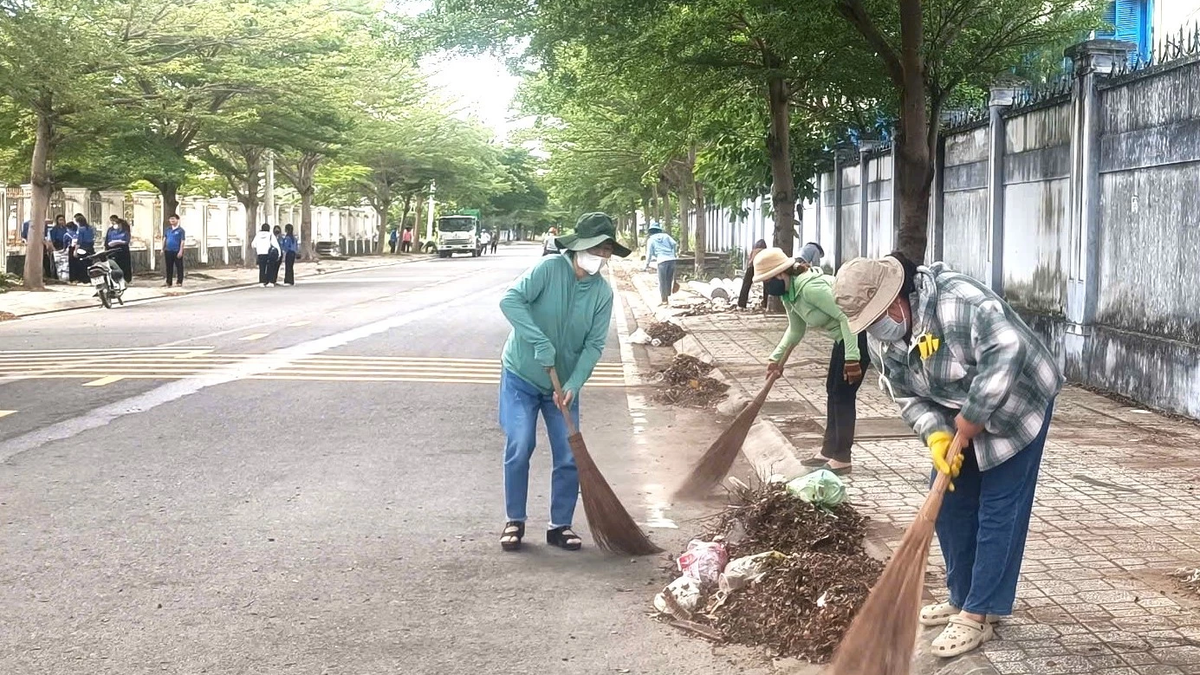

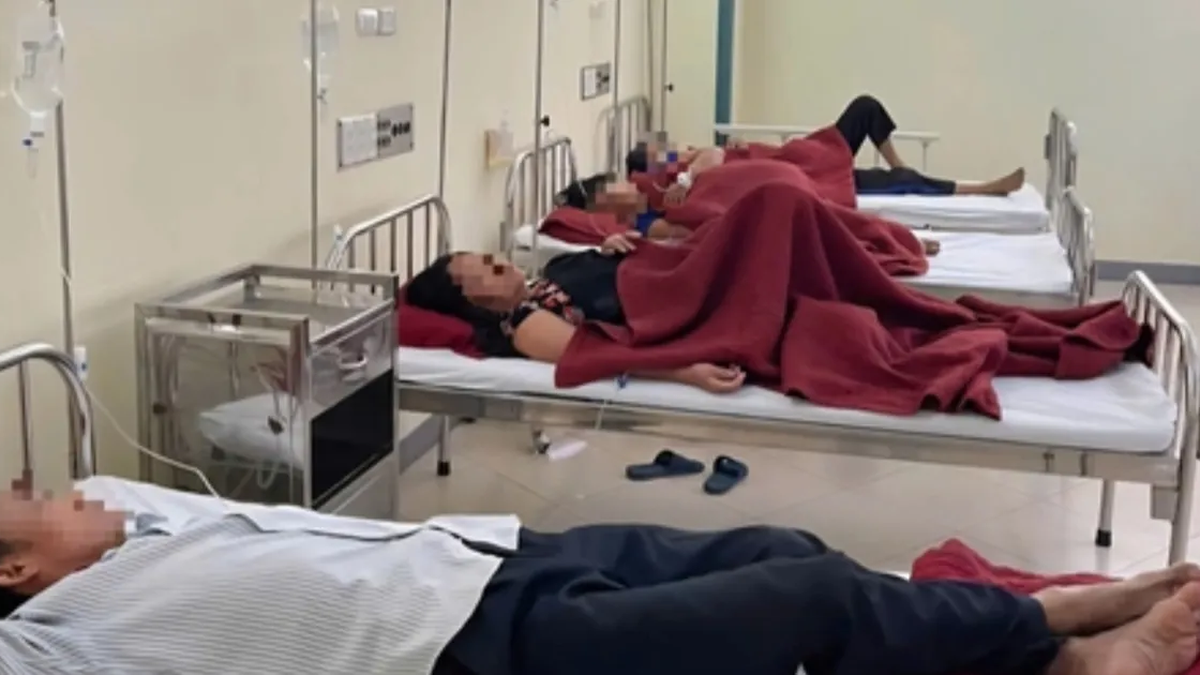
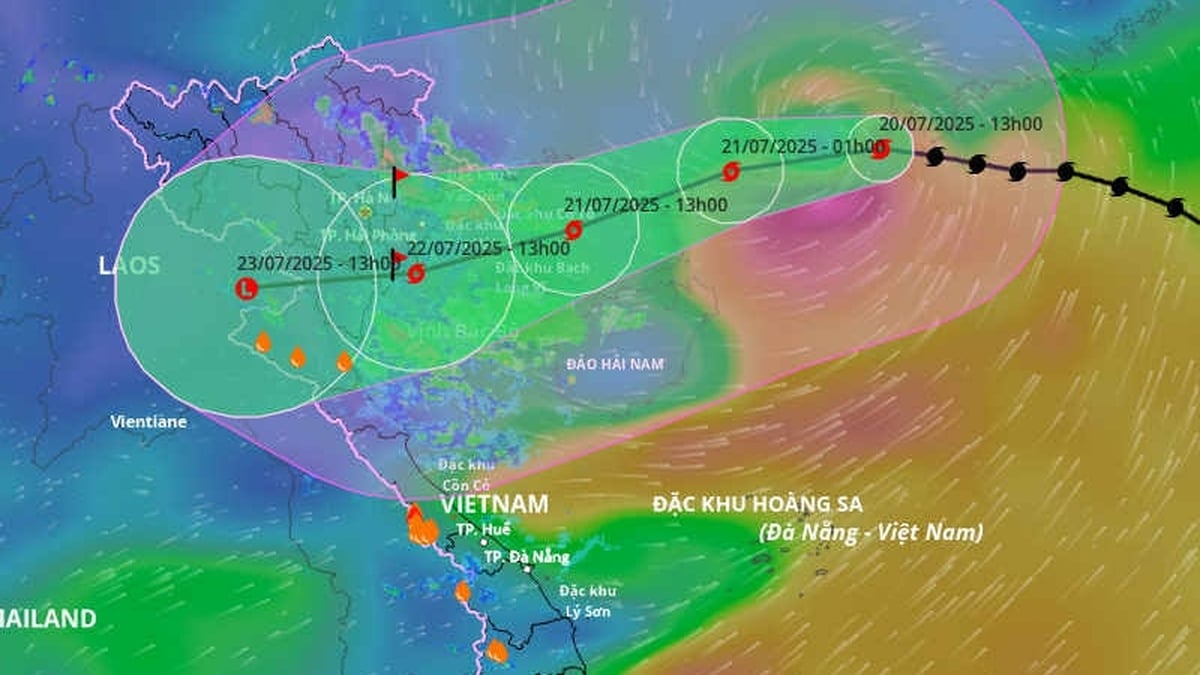
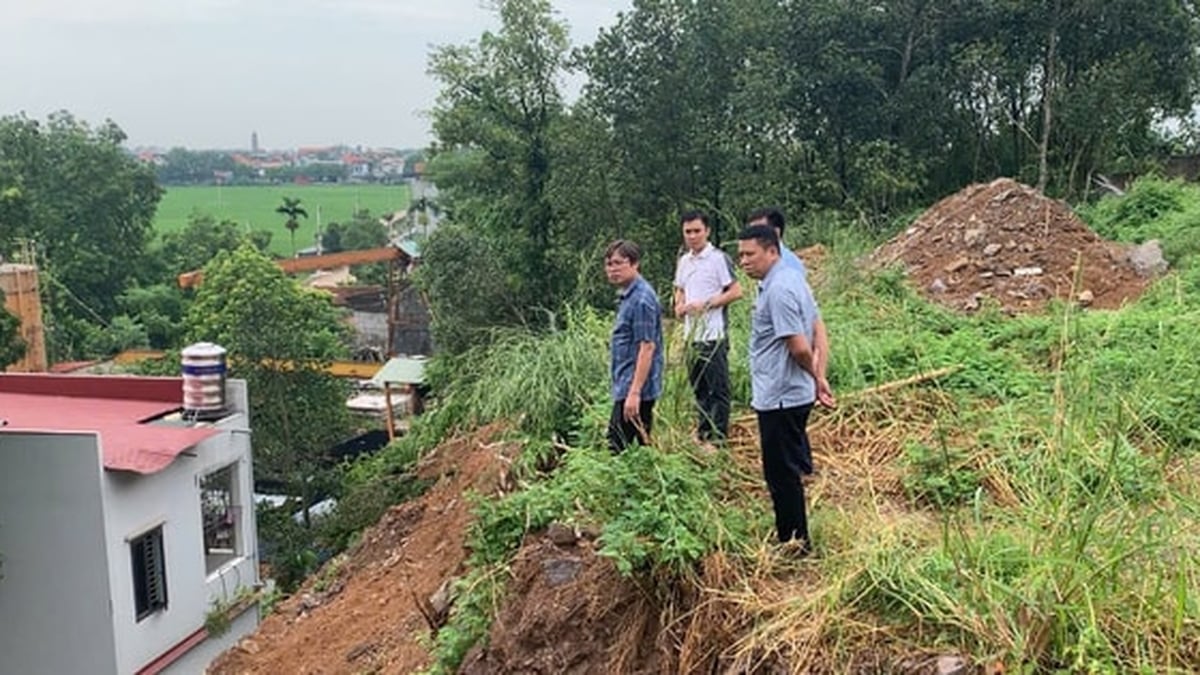


















![[Photo] National Assembly Chairman Tran Thanh Man visits Vietnamese Heroic Mother Ta Thi Tran](https://vphoto.vietnam.vn/thumb/1200x675/vietnam/resource/IMAGE/2025/7/20/765c0bd057dd44ad83ab89fe0255b783)




































































Comment (0)